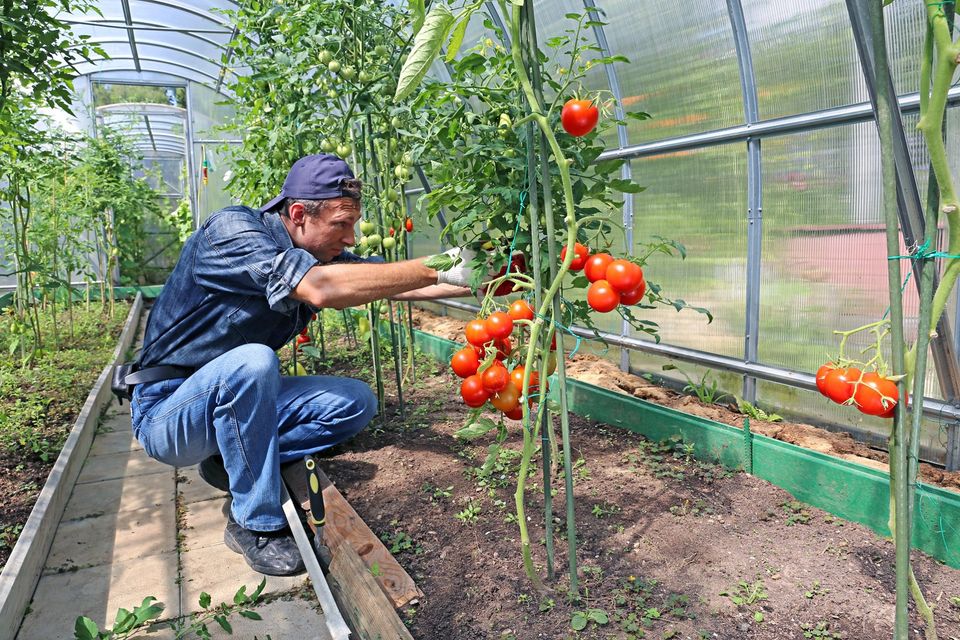Photo : Shutterstock
Today (16 September) is World Ozone Day. Thanks to international cooperation, this year the United Nations is celebrating 35 years of the Vienna Convention and 35 years of global ozone layer protection.
Background:
In 1985, the world’s governments adopted the Vienna Convention for the Protection of the Ozone Layer. Under the Convention’s Montreal Protocol, governments, scientists and industry worked together to cut out 99 per cent of all ozone-depleting substances. Thanks to the Montreal Protocol, the ozone layer is healing and expected to return to pre-1980 values by mid-century. In support of the Protocol, the Kigali Amendment, which came into force in 2019, will work towards reducing hydrofluorocarbon (HFCs), greenhouse gases with powerful climate-warming potential and damaging to the environment.
6 Ways To Reduce Carbon Footprint In Your Kitchen
From zero waste to low impact to carbon footprint, there are so many buzzwords surrounding sustainable living these days, and one of the most important places to reduce your carbon footprint is at home, in your kitchen. Here are 5 actionable steps you can take to reduce your carbon footprint and to save the planet from an ever-changing climate.
1. Eat Local and Organic Food: Whenever possible, try to eat local and seasonal produce. Sticking to foods that are grown locally, in your own city or surrounding area, helps to reduce the carbon footprint created by shipping foods from around the world. It’s equally important to try and eat organic produce, which are free of pesticides and other environmentally detrimental chemicals.
2. Plant a Kitchen Garden: We all know plants absorb carbon dioxide. Plant a vegetable garden in your apartment balcony. Some of the edible plants that you can grow even in tiny apartments are avocados, mint, parsley, basil, thyme, micro greens, tomatoes, lemons, bell peppers, lettuce, carrots, beans, and oranges.
3. Zero Waste Cooking: Adopt Zero-Waste cooking (where you cook using every part of an ingredient, including fruit and vegetable peels) if you value sustainability in the kitchen. Check out our zero waste recipes here. Also Reduce food waste by meal planning, shopping smarter, and getting creative with leftovers.
4. Limit Your Meat Consumption: Greenhouse gas emissions from agribusiness are an even bigger problem than fossil fuels. Red meat is particularly to blame, consuming 11 times more water and producing 5 times more emissions than its poultry counterparts. You don’t have to become a vegetarian, but eating meat less frequently will significantly help the environment.
5. Refuse, Reuse and Recycle: Say no to single use plastics and opt for reusable products. For examples carry a reusable bag when you go grocery shopping. Recycle any unavoidable plastic, paper, glass or metal that comes into your home.
6. Donate and Compost: Non-perishable can be donated to local food banks, and shelters. Local and national programs frequently offer free pick-up and provide reusable containers to donor. Composting food scraps can reduce their climate impact while also recycling their nutrients.

















